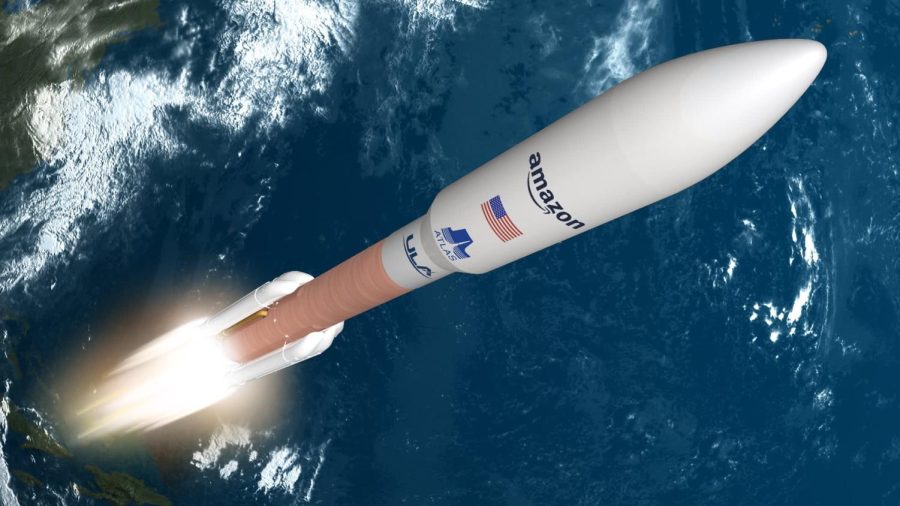FCC authorizes SpaceX to begin deploying up to 7,500 next-generation Starlink satellites
December 5, 2022
As of Wednesday, the FCC declared authorization for Elon Musk’s Space-X to deploy up to 7,500 next-generation Starlink satellites. Development began in 2015 when the initial prototype test-flight satellites were launched in mid-2017. In May 2019, SpaceX launched the first 60 satellites aboard the Falcon 9, and by May 2021, it had proceeded to deploy 1737 Starlink satellites. Since 2019 they have been innovating and upgrading the mechanics of the Starlink model. The FCC did not approve of the full application of 30,000 Starlink satellites, in Lower atmosphere orbit. The FCC imposed a limited number of gen2 satellites launched “to address concerns about orbital debris and space safety”. SpaceX is also responsible for incorporating partnerships with NASA and the National Science Foundation.
From the website of Spacex, “On Wednesday, May 5, 2021, Starship serial number 15 (SN15) successfully completed SpaceX’s fifth high-altitude flight test of a Starship prototype from Starbase in Texas. Similar to previous high-altitude flight tests of Starship, SN15 was powered through ascent by three raptor engines, each shutting down in sequence prior to the vehicle reaching apogee – approximately 10 km in altitude. SN15 performed a propellant transition to the internal header tanks, which hold the landing propellant, before reorienting itself for reentry and controlled aerodynamic descent. The starship prototype descended under active aerodynamic control, accomplished by the independent movement of two forward and two aft flaps on the vehicle. All four flaps were actuated by an onboard flight computer to control the starship’s attitude during flight and enabled precise landing at the intended location. SN15’S Raptor engines reignited as the vehicles performed the landing flip maneuver immediately before touching down for a nominal landing on the pad.

